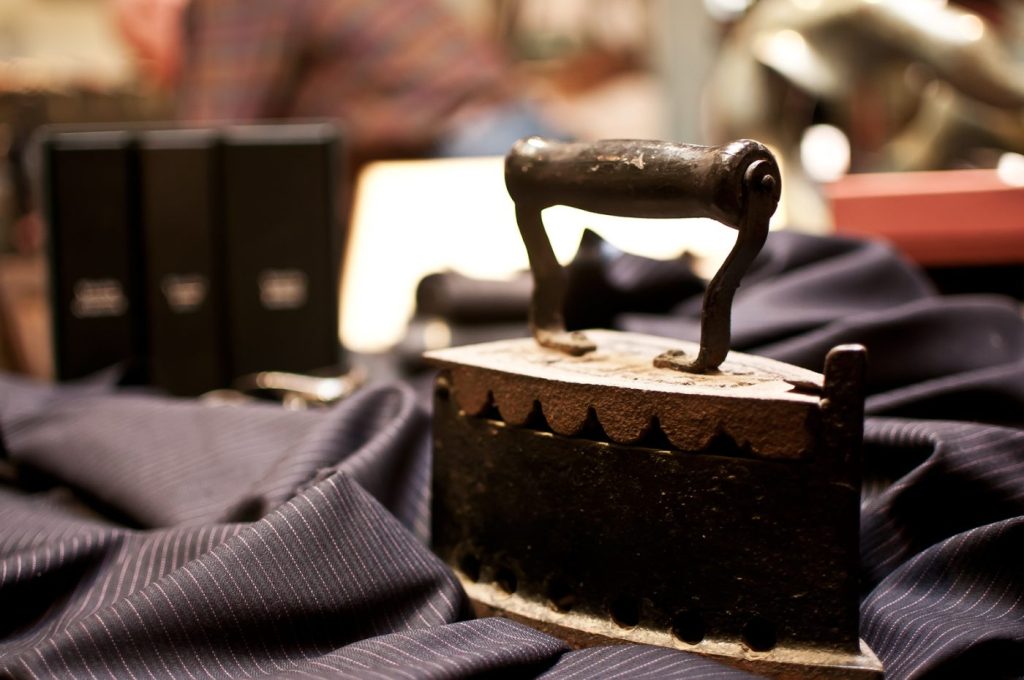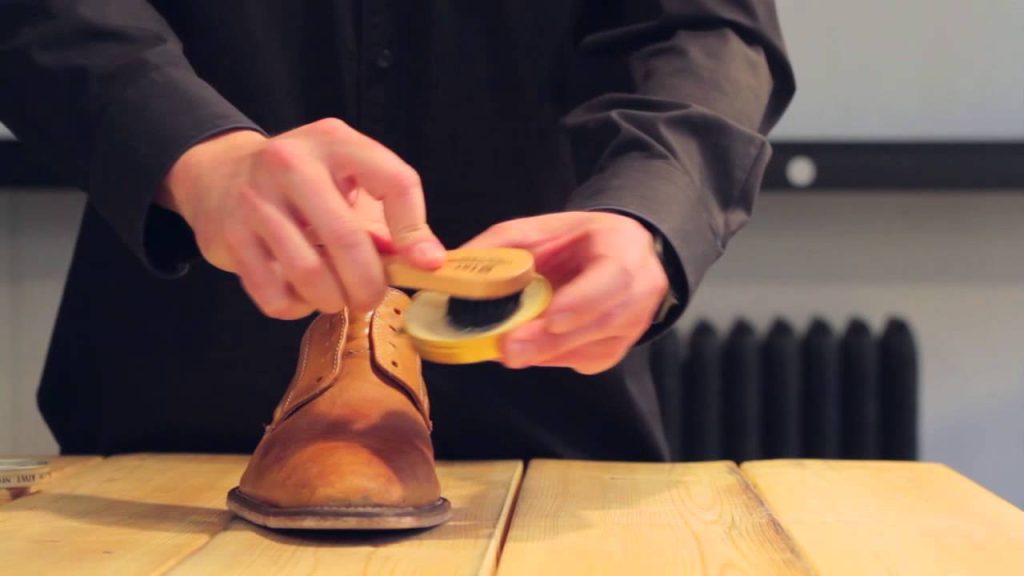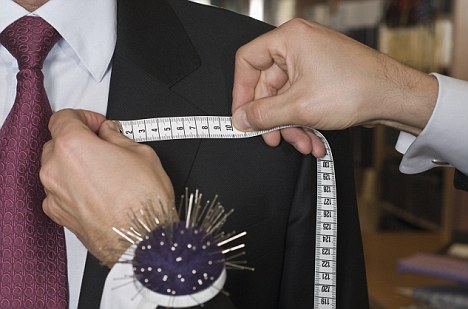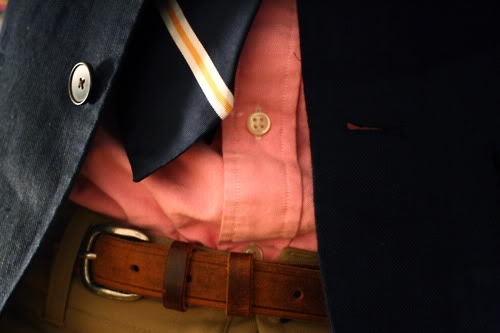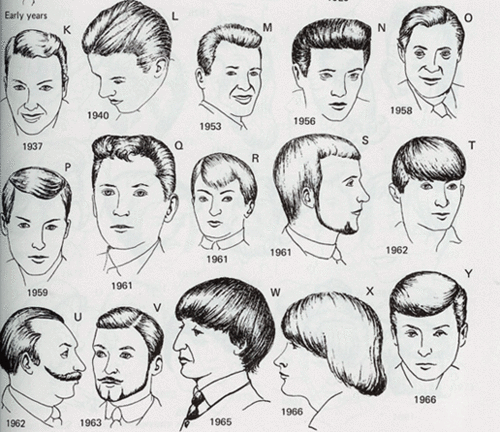The process of luxury clothing is a vicious cycle: You pay half your life savings for it, wear it a handful of times, see that it’s starting to wear out, and proceed to buy new pieces. You spend so much to expand your wardrobe, only to see it shrink with every wear so you eventually become apprehensive in wearing your own clothes. But what if you could actually prolong the life of your luxury goods? No, this is not an infomercial, this is for real. Fine clothing is an investment, and you must take care of your investments.
Suit
- Jacket
- Your suit needs a day to air out and “rest” after a day of wear so it regains its shape. Always hang the suit when you’re not wearing it. The hanger should have a thickness in the shoulders to keep the jacket’s shape and a strong metal hook to keep everything suspended.
- When storing your suit back in your closet, keep it on a largely-shaped hanger in a zipped up suit bag.
- A clothes brush will pick up any dirt/debris that your suit may have accumulated during the day. Food stains will require more thorough cleaning.
- You only need to steam clean a suit once a year to keep it fresh. Anything more can weaken its shape.
- Shirt
- White shirts are the weapon of choice for any workplace wardrobe but are arguably the most difficult to take care of. That’s because the nature of the material (white, lightweight cotton) soaks up all kinds of oils off your skin, leaving visible stains…especially the back of your neck and armpits. To prevent this tragedy, hand-wash your shirt (especially the top rim of your collar) as soon as you can after work.
- TAKE OUT THE COLLAR STAYS WHEN YOU WASH THE SHIRT. If they’re sewn in then that’s OK.
- Tie
- Ties are a tricky business when it comes to cleaning. Due to all the different materials that they can be composed of, we’ve made a list for you.
- Silk: Dry clean only. Steam/iron it between two towels to straighten any wrinkles.
- Wool: Dry clean as well, only when necessary. Steam wrinkles out, do not iron.
- Knit: Handwash in cold water. Towel dry and hang up. Steam/iron on low.
- Linen/Cotton: Handwash in cold/warm water. Towel dry and hang up. Steam/iron on hot.
- Ties are a tricky business when it comes to cleaning. Due to all the different materials that they can be composed of, we’ve made a list for you.
- Pants
- Find a pair that allows some stretch in the material so that you don’t rip your seat every time you bend to tie your shoes.
- A light iron along the length of your pants and avoid folding more than once.
- The best way to hang them should be on the bar at the bottom of a suit hanger.
Shoes
- Shoe Bag
- They’re usually included with a quality pair of shoes. If not, they only cost about twenty dollars and keep your shoes in a clean, portable package.
- Shoe trees
- Helps your shoes keep their shape and sucks up any moisture that can leave odors if left unattended. Also leave a fresh pine smell in your shoes.
- Favorite tip
- For the gents and one that sparks a “why didn’t I think of that?” moment. Swap runners for work shoes during your commute. They’re much more comfortable, and preserve the delicate quality of your dress shoes. People don’t seem to mind the extra five seconds in your routine. Women do it all the time…swapping out sexy heels for their flats or runners every day. It’s time to take the hint, gents.
- Shoe Polish
- Arm yourself with the proper tools to perform a respectable shoe shine. If you’re lazy, have no idea what you’re doing, or want to treat yourself, go get your shoes shined from a professional.
- Leather cream: One to match the color of your shoes. Apply a dime-sized drop and spread evenly.
- Shoe Conditioner: Just like for your hair, a conditioner will keep the leather of your shoes soft and plush.
- Brush: After the leather cream is applied evenly with a cloth, a fine horsehair brush should be used to smooth everything out.
Tailoring
- The first thing you do after you buy a suit is bring it straight to a tailor. Don’t even stop for a coffee along the way. The situation is too dire for that.
- Ask for two separate jobs…one on the blazer and the other on the pants. For the jacket, round the shoulders so you don’t look like an NFL linebacker and bring in the waist to slim the torso. A good test for your suit fit is to button it up and lift your arms over your head. If it was a smooth movement and the button of your blazer didn’t look like it was about to pop off, then it’s a nice fit on the shoulders. You’ll still need to bring in the sides. Nothing looks worse than a loose fitting blazer.
- Pants require more of a personal touch. The customization is completely up to you, though current trends look for pleated fronts for more dimension, a slim fit down the legs, and cropped just at the ankles to show some sock.
General Maintenance
- Invest in an umbrella. If your suit ever gets wet, it will pucker and lose its shape… totally not cool. Plus, you can offer shelter to an unassuming lady, being the gentleman that you are.
- Wear coats over your suit because they’re meant to withstand the weather. Your suits, however, are not. If you live in sub-zero climates, a mid-thigh length overcoat is the classiest outerwear you can own and it’s not bad at keeping you warm either. If it gets really mean out there, it’s better to bring out the parka. They are easier to clean and have the highest warmth rating of all winter-wear.
- How do you know when to donate your clothes? Simple. When maintenance and all the dry cleaning in the world can’t restore their original luster.
You’re welcome.

